Is colour really necessary in the commercial cockpit for safe flight operations?
- aleksanderronninge
- Jan 23, 2022
- 7 min read

Introduction
Often an argument for denying a colour deficient pilot a medical certificate for commercial flying is based on their ability to interpret the flight deck display, called the Electronic Flight Instrument System (EFIS). This is because of the extensive use of colour in this display, therefore there is an assumption that those candidates will not be able to see or have the same reaction times to respond to the information shown to the pilot as a colour normal person.
Cockpit Displays
As shown below we see an example of an EFIS display from Boeing 737. EFIS displays often include primary flight information displayed, a navigation display and an engine display shown below.


As we can see there is a variety of colours involved and therefore there’s been much debate on whether people with colour deficiencies will have problems reading this display. An example of this argument is “The information showing on an EFIS is said to be redundant because it is readable even for someone with no colour perception. However, faultless rapid data processing is important. Without normal colour perception, there is potential to confuse information” (EASA, 2019)
There is an argument that tells us that faultless rapid data processing is important and without normal colour perception there is a potential risk of confusing the information presented to the pilot. In other words, they say that if a pilot does not have normal colour vision there is a potential risk of confusing the information in this display because there is colour involved. (EASA, 2019) I have not seen any argument where they specify that information in an EFIS display requires critical colour recognition to obtain information without any confusion.
It is also important to clarify that colour deficiency, often referred to as colour blindness, has nothing to do with blindness and this is an incorrect term. In fact, the majority of colour deficient people can see all forms of colours but just have a slight shift in a specfic colour wavelength , for example, Green might look browner for one indvidual , however, they would have no issue identifying the bold colours in the cockpit. There is also a wide range of severities, with the majority having a mild to moderate colour deficiency, however, there is also a number of people that have lost one or more cones, therefore meaning they cannot see that specific colour wavelength. However even a severe colour deficient has the same abilities as colour normal to perceive motion, depth, form and luminance contrast in a display. Furthermore, all displays are already today by standard designed to accommodate filtered lenses or sunglasses and this also includes colour deficiency. (Defence Technology Agency, 2015) (Administrative Appeals Decision 3821)
Most of the colour deficient pilots globally have been cleared to fly at least during daytime and in Europe, there is no restriction for those pilots to use EFIS display and there is no empirical evidence to support that those pilots have any problem using EFIS displays by accident or incident report. (Defence Technology Agency, 2015)
How flight deck displays work and how they are perceived by a CVD pilot
I will now show you two examples of how a flight deck display works, both in normal flying and in an emergency. I will use the instrumentation of Boeing 737. Even though this example is limited to the 737, the principle is the same for other Boeing types or manufacturer types like Airbus, Embraer etc. Many of those other types are often more modern in displaying information to the pilot making it even easier and harder to confuse.

In this first example, we see the primary flight display under an approach. We do see several colours displayed to the pilot, but we see that all information showed to the pilot is also shown by symbols or text.
Under a medical flight test, a colour deficient pilot was asked to name all the colours he saw, similar to the South African colour vision assessment below.
Why was he not asked instead about what information he sees from the display? What does the colour really tell a pilot about the EFIS information? Nothing, and I will demonstrate this for you now.

Here we see the exact same information from the primary flight display just without colour. This is a heads-up display and is used on several aircraft types both as standard equipment and extra equipment.
When a heads-up display is used, it is required to be the pilot's main instrument, so the primary flight display will then become a backup display. So, if the pilot can use this to obtain the same information, there is no reason that it is critical to name the colours in the primary flight display to obtain the information. As mentioned earlier a colour deficient person has the same abilities to perceive motion and form in a display so therefore the pilots will not have any problem for them to see text, and symbols even with colour on it.
The Engine indicating and crew-alerting system (EICAS) is part of the EFIS display and it’s used to give pilots information about engine status, and other systems, as well as an alerting system for the pilot. Below you see the EICAS for the 737.

It is therefore a common argument that information on the EICAS also includes colour that can pose problems for colour deficient pilots.
“The Engine indicating and crew-alerting system (EICAS) uses colour coding to support faster interpretation of the data provided and to improve the reaction times in case of an emergency situation.” (EASA, 2019)
Therefore, we will now demonstrate for you how a loss of oil pressure leading to an engine failure will be presented to the pilot and which role the colour will have. As shown above we can see the upper EICAS in normal operation, here below is abnormal.
When the Oil pressure goes below a certain point this will show up on the upper EICAS display. This will flash several times to the pilot to get the pilots attention immediately. So, the first thing the pilot will do is react to this, not that the oil pressure on the right engine is indicating yellow, but rather the flashing of this box appearing on the upper EICAS. In this case, the pilot will evaluate the situation and monitor the parameters and then take appropriate action based on their training.
Below we see a picture of the lower EICAS showing the same information in more details
When the engine fails it will show with clear text ENG FAIL and we also see clearly text with LOW OIL PRESSURE on engine two below.
It is unclear what they mean by that EICAS uses colour coding to support a faster interpretation of data and to improve the reaction times. There is no way you can react to this information faster with colour compared to without. More importantly in this kind of situation, it is crucial that a pilot takes time and reads all parameters to have the correct understanding of the situation and not to rush in these situations.
In 1989 a BMI Boeing 737 crashed due to the pilots shutting down the wrong engine when encountering trouble with their engine. This was mainly because the pilot did not evaluate the situation enough and didn’t look at their engine parameters properly leading them to shut down the wrong engine. (Assets.publishing.service.gov.uk, 1989)
“The Engine indicating and crew-alerting system (EICAS) uses colour coding to support faster interpretation of the data provided and to improve the reaction times in case of an emergency situation.” (EASA, 2019)
This argument really questions both the understanding of the EICAS display in modern aircraft and the understanding of flying an aircraft. Even though this example was limited to the Boeing 737 the principle for other emergencies in other types is the same in how they present information to the pilot.
NVG operations
In some operations like in search and rescue and in the military, it is normal to use night vision goggles (NVG). This will remove every colour and essentiality just make the pilot see in monochromatic.
Even though this equipment must be approved before being used it is now a common piece of equipment that is used both in aircraft and helicopters within search and rescue and military operations, in combination with the EFIS display. Given that pilots with normal colour vision are rendered monochromatic (without colour) and are still able to obtain the information from EFIS display it is therefore logical that also people with abnormal colour vision will be able to obtain the same information within a safe reaction time.
Conclusion
EFIS displays has never been a problem, nor will it be a problem in the future for colour deficient pilots. There is no evidence to support that EFIS display causes any issues, and this is supported both in terms of how this display are designed but also by the fact that in those countries that have allowed colour deficient pilots to fly commercially there are no reports of accident or incidents ever, including related to misreading an EFIS display. Australia has been world-leading in allowing colour deficient pilots to fly commercially, if reading an EFIS display had been a major challenge for those pilots, you would think it would have been shown during the many hours of simulator sessions for example. There is a huge amount of evidence to show that colour deficient have no problem in both reading and differentiating the colours in this display and there is also evidence to show that even removing colour will have no effects on pilots ability to obtain the critical information needed. (Defence Technology Agency, 2015)
References
Defence Technology Agency. (2015). Colour Vision Requirements For Aircrew. Auckland 0744 New Zealand: Defence Technology Agency. Available at: https://www.cvdpa.com/images/further_reading/articles/DTA%20CVD%20Report%20- %20Ryan%20Brookes.pdf
EASA. 2019..Literature review regarding the colour vision requirements for aircrew. Available at: <https://www.easa.europa.eu/sites/default/files/dfu/easa_rep_resea_2019_1.pdf>
Administrative Appeals Decision 3821, Pape and the Civil Aviation Authority, Administrative Appeals Tribunal, Australia
Assets.publishing.service.gov.uk. 1989. Report on the accident to Boeing 737-400 G-OBME. Available at: <https://assets.publishing.service.gov.uk/media/5422fefeed915d13710009ed/4-1990_G-OBME.pdf>
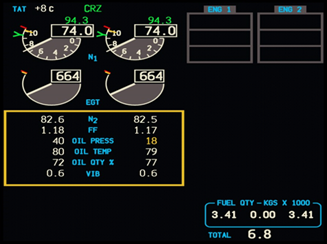

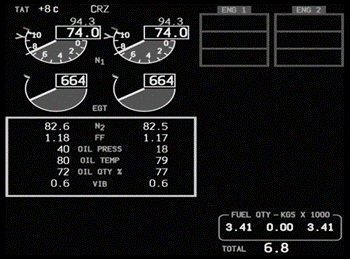
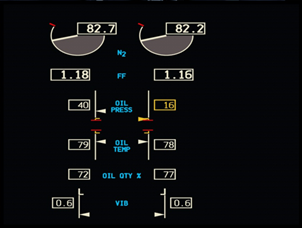

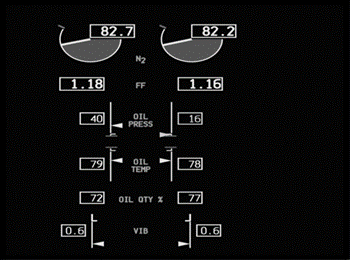

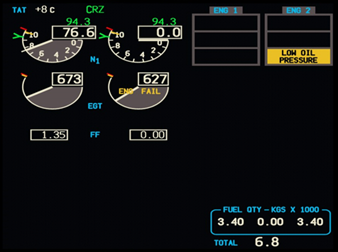

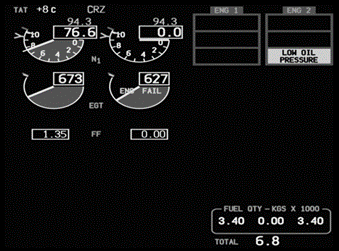



A well written piece, that goes beyond the 'red / green' argument.